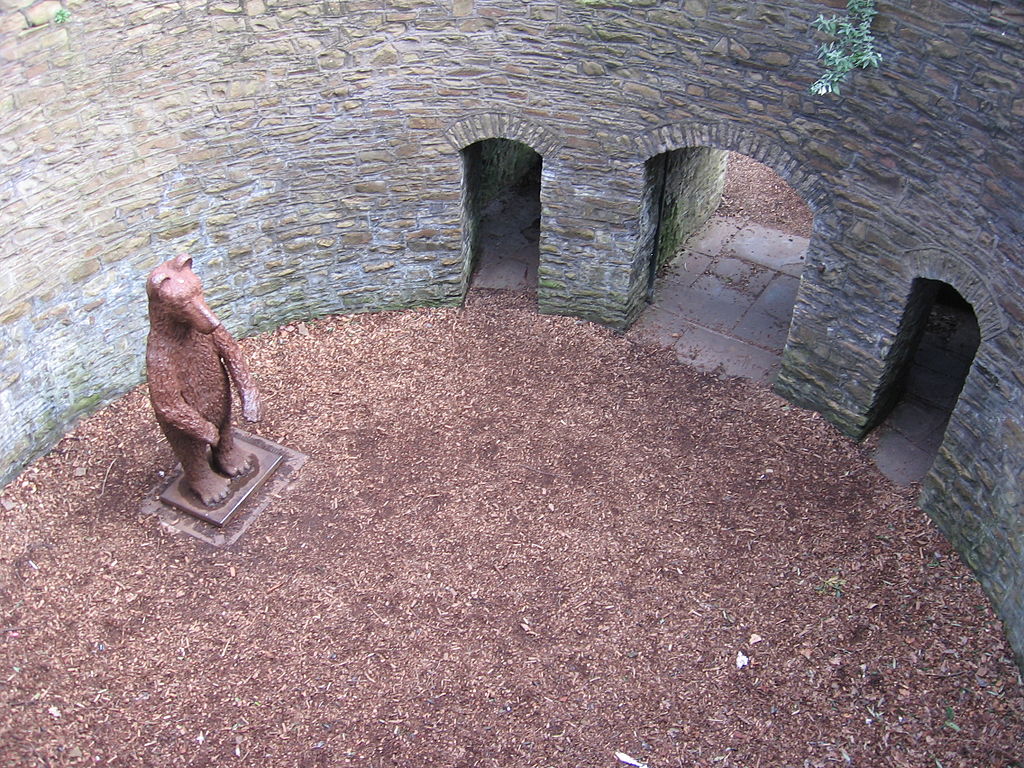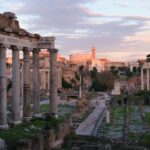Bizarre Renaissance Entertainment Forms Too Strange For Modern Audiences
- Gail Stewart
- June 14, 2025
 PookieFugglestein, CC0, via Wikimedia Commons
PookieFugglestein, CC0, via Wikimedia CommonsThe Renaissance wasn’t all refined art, intellectual rebirth, and poetic sonnets. Alongside the grandeur of cathedrals and the flourishing of humanism, there was a side to Renaissance life that was odd, chaotic, and sometimes downright disturbing. Entertainment back then often involved violence, superstition, or public humiliation, and people absolutely loved it. Here are some of the stranger ways people entertained themselves during the Renaissance that probably wouldn’t go over well today.
Bear baiting in the town square
One of the most popular pastimes across Renaissance Europe was bear baiting, where a bear, often chained to a post, was set upon by dogs for public amusement. This brutal sport drew huge crowds and was even attended by royalty. Queen Elizabeth I was famously fond of it.
Despite the obvious cruelty, it was considered a form of legitimate spectacle, like going to the theatre. The bloodier and more prolonged the struggle, the better. It wasn’t just bears either—bulls, apes, and even lions were sometimes used. While thankfully now banned and condemned, bear baiting was a major fixture of Renaissance fun. Incidentally, bear gardens were purpose-built venues, particularly in London.
Public executions as family outings
In an era without television or social media, one of the most anticipated public events was an execution. Far from being hidden away, executions were openly advertised and widely attended. Markets would spring up nearby, and people would bring children along for the experience.
Beheadings, hangings, and burnings were common, and each type came with its own social expectations. A well-executed execution (pun intended) meant the crowd got a show, whether it was a nobleman making a final speech or a botched attempt that horrified everyone. Some even collected souvenirs like splinters from the gallows. This grim tradition is discussed in depth by the Old Operating Theatre Museum, which explores London’s fascination with death spectacles.
Dwarf tossing and mock tournaments
Physical difference was often seen as a curiosity during the Renaissance. Courts across Europe employed court jesters and people with dwarfism as entertainers. In some cases, their presence veered into the humiliating. There are records of “dwarf tossing” games at royal parties and elaborate mock battles between people with disabilities for the amusement of nobles.
While these events were often framed as harmless court fun, they reflected a wider social cruelty. People who were different were rarely treated with dignity. These forms of entertainment were about reinforcing social status, and using other people as objects of ridicule.
Animal trials
Yes, actual animals were put on trial. In parts of Renaissance Europe, pigs, goats, and even insects could be accused of crimes, brought to court, and tried under legal systems similar to those used for humans. There were real lawyers, judges, and sometimes even executions if the animal was found guilty.
The logic behind it was tangled in religious belief and symbolic thinking. Animals were seen as capable of sin, and punishing them was seen as a way of restoring moral order. Today, the idea seems ridiculous, but it reflects how deeply ritualised and moralistic Renaissance justice could be. There’s a fascinating historical breakdown in this History Is Now article on medieval and Renaissance animal trials.
Mock funerals and death pageants
Obsession with death wasn’t just a Gothic thing—it was very much part of Renaissance culture. Mock funerals were sometimes staged as pranks or elaborate party entertainment, particularly among students or secret societies. They’d pick someone to “mourn,” write fake eulogies, and carry them in a coffin through the streets.
While often humorous, these events also reveal how fixated people were on mortality and reputation. In a time of plague, war, and high child mortality rates, death was ever-present. Making light of it was a way to cope, or to satirise power structures.
Live anatomical demonstrations
Dissections were a huge draw for Renaissance crowds. Medical schools and universities held public demonstrations where a recently deceased body would be cut open and examined while an audience looked on. These events were as much performance as they were education.
Seats were sold like theatre tickets, and a skilled anatomist might draw big crowds. Some dissections became multi-day affairs, with viewers returning to see the next part. While foundational for modern science, the way they were conducted feels uncomfortably close to a stage show.
The Feast of Fools
This annual event, celebrated mainly in France and parts of Britain, was a topsy-turvy festival where lower clergy or townsfolk took over religious roles in mock ceremonies. People dressed as bishops, kings, or even the pope, reversing the normal social order.
Mass was parodied, and processions featured lewd costumes, flatulence competitions, and deliberately chaotic sermons. While the Church often tried to suppress it, it continued for centuries. The Feast of Fools blurred the lines between religious devotion and wild mockery in ways that would make most modern audiences squirm.
Tooth-drawer performances
Street “surgeons” known as tooth-drawers offered live dental procedures in market squares, often on a raised platform, with music and patter. They’d yank out rotten teeth using rudimentary tools, sometimes offering a glass of wine or a punch in the stomach to distract from the pain.
Crowds gathered for the spectacle as much as for the treatment. The showmanship mattered more than the hygiene, and the more dramatic the removal, the better. It was theatre mixed with medical emergency.
The Renaissance gave us some of the world’s greatest cultural achievements, but it also gave us bear baiting, dwarf tossing, and live dissections as Saturday entertainment. It’s a reminder that history isn’t always as refined as we imagine, and that progress often sits right alongside cruelty, absurdity, and the very human love of spectacle.



